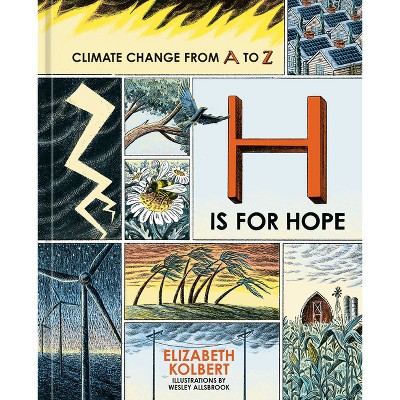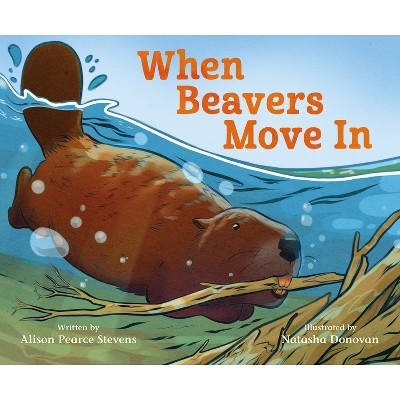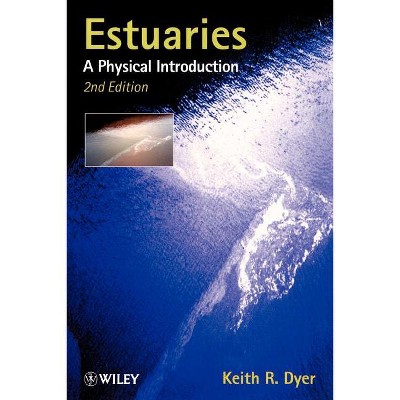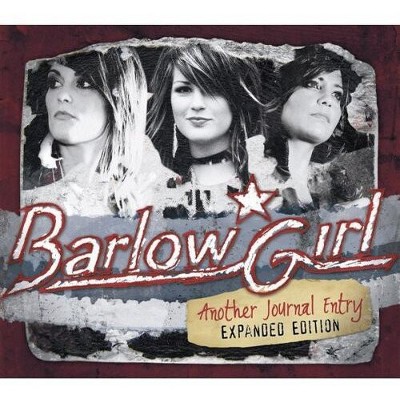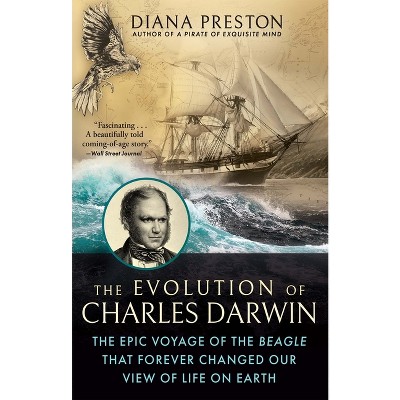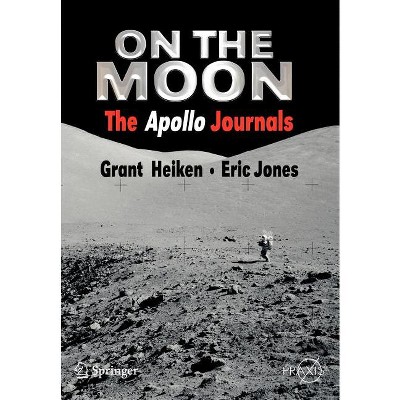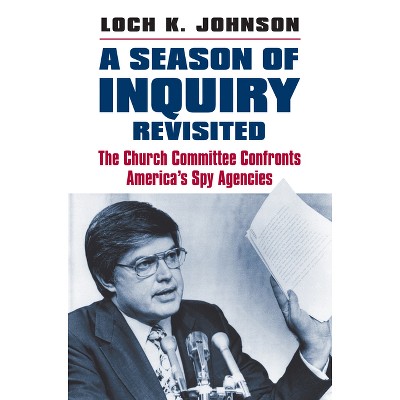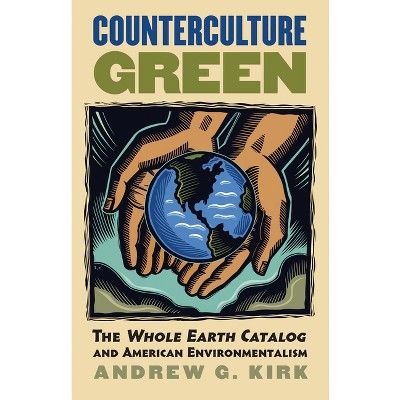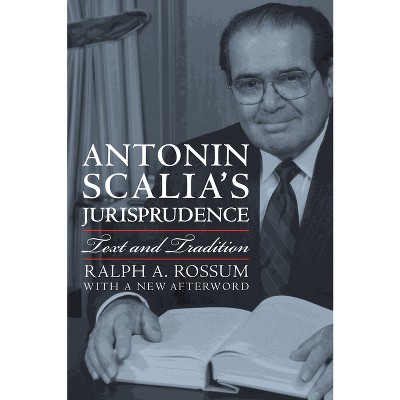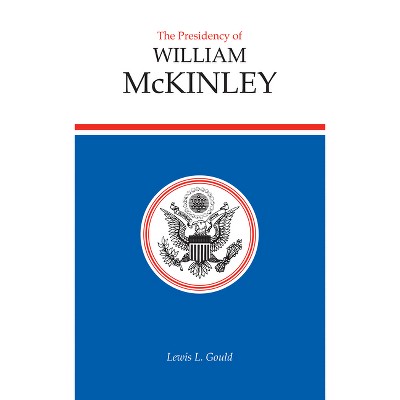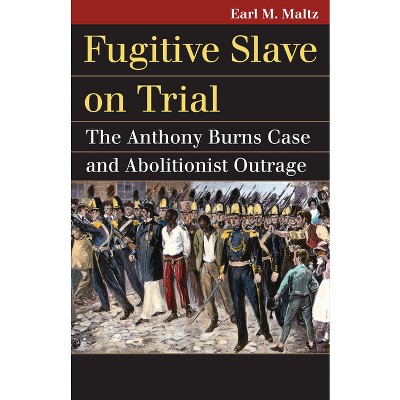Sponsored

Love Canal Revisited - by Elizabeth D Blum (Paperback)
In Stock
Sponsored
About this item
Highlights
- Thirty years after the headlines, Love Canal remains synonymous with toxic waste.
- Author(s): Elizabeth D Blum
- 308 Pages
- Nature, Environmental Conservation & Protection
Description
About the Book
Goes beyond the standard story of Love Canal to reveal the complexities of race, class, and gender among the community members seeking government redress for exposure to toxic waste. Places the issues of feminism, civil rights, and class relations within the larger history of environmental activism.Book Synopsis
Thirty years after the headlines, Love Canal remains synonymous with toxic waste. When this neighborhood of Niagara Falls, New York, burst upon the nation's consciousness, the media focused on a working-class white woman named Lois Gibbs, who gained prominence as an activist fighting to save families from the poison buried beneath their homes. Her organization, the Love Canal Homeowners Association, challenged big government and big business--and ultimately won relocation. But as Elizabeth Blum now shows, the activists at Love Canal were a very diverse lot. Blum reveals that more lurks beneath the surface of this story than most people realize--and more than mere toxins. She takes readers behind the headlines to show that others besides Gibbs played important roles and to examine how race, class, and gender influenced the way people--from African American women to middle class white Christian groups--experienced the crisis and became active at Love Canal. Blum explores the often-rocky interracial relationships of the community, revealing how marginalized black women fought to be heard as they defined their environmental activism as an ongoing part of the civil rights struggle. And she examines how the middle-class Ecumenical Task Force--consisting of progressive, educated whites--helped to negotiate legal obstacles and to secure the means to relocate and compensate black residents. Blum also demonstrates how the crisis challenged gender lines far beyond casting mothers in activist roles. Women of the LCHA may have rejected feminism because of its anti-family stance, but they staunchly believed in their rights. And the incident changed the lives of working-class men, who found their wives in the front lines rather than in the kitchen. In addition, male bureaucrats and politicians ran into significant opposition from groups of both men and women who pressed for greater emphasis on health rather than economics for solutions to the crisis. No previous account of Love Canal has considered the plight of these other segments of the population. By doing so, Blum shows that environmental activism opens a window on broader social movements and ideas, such as civil rights and feminism. Her book moves the story of Love Canal well beyond its iconic legacy--the Superfund Act that makes polluters accountable--to highlight another vital legacy, one firmly rooted in race, class, and gender.Review Quotes
"This is an insightful, sympathetic, and exciting account of the complex racial, gender, and economic politics of Love Canal, adding a new dimension to what is often told as a heroic story. This elegant book is instructive for understanding the growing movement for environmental justice and against environmental racism that would emerge in the coming decades."--Journal of American History
"A timely reexamination of the controversial event that made 'hazardous waste' a household word in North America. Blum weaves an elegant tapestry . . . as she challenges and redefines the traditional narrative, providing an in-depth and illustrative portrait of a watershed moment in American environmental history."—Historian
"A well-written, well-documented, and thoughtful story."--Choice
"A short, well-written, and powerful revisionist account of a historical episode that has traveled into myth--and that needs to be read again as history, by as many people as possible."--American Historical Review
"Shining new light on the multifaceted controversy at Love Canal, Blum provides the best account I've seen of racial friction among residents near the infamous toxic-waste dumpsite, and the often bitter in-fighting among activists."--Allan Mazur, author of A Hazardous Inquiry: The Rashomon Effect at Love Canal
"A fresh look at an important environmental turning point in American history. Blum's focus on gender, race, and class is original and absolutely necessary."--Martin Melosi, author of The Sanitary City: Urban Infrastructure in America from Colonial Times to the Present
"A carefully crafted, original, and important critique."--Dianne D. Glave, coeditor of To Love the Wind and the Rain: African Americans and Environmental History
Shipping details
Return details
Frequently bought together
Trending Non-Fiction






